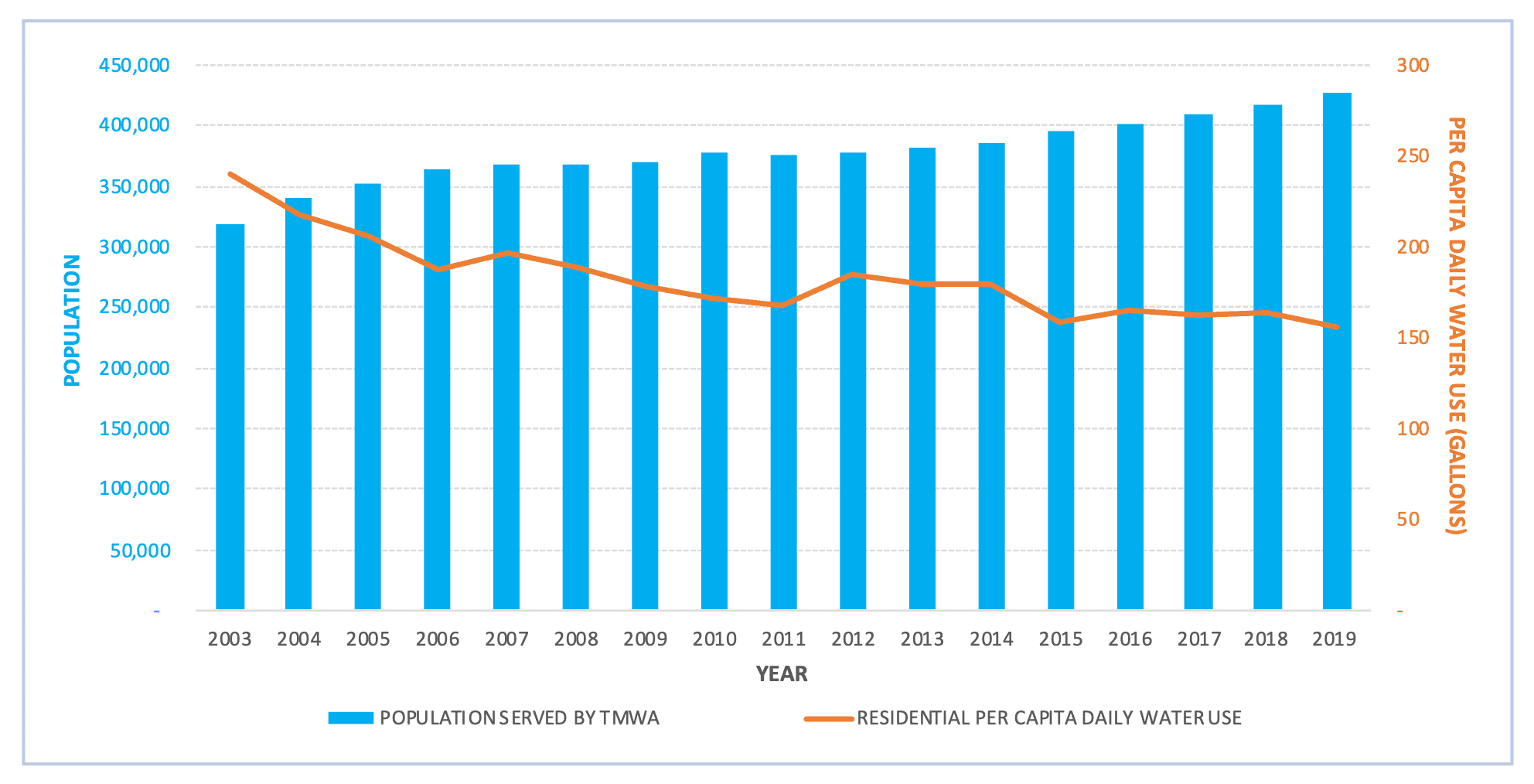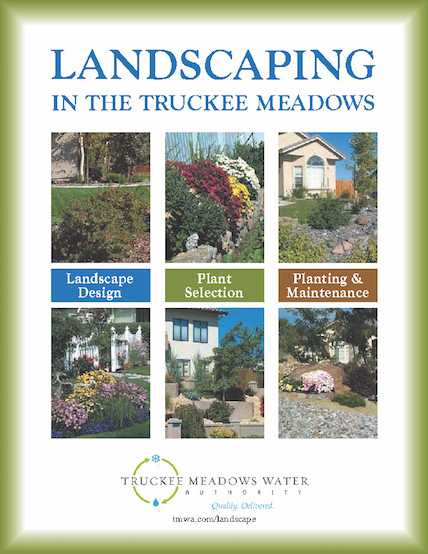Conservation Matters
The Big Picture on Water Conservation
Conservation is a vital component of the region’s integrated water management plan. In normal years, conservation programs help offset peak-use demand, encourage efficiency, and reduce waste.
When water is conserved in the Truckee Meadows, it can not be resold. In normal years, conserved water is either left in the river to benefit downstream users, stored in upstream reservoirs for fish/wildlife purposes, or treated and stored for groundwater recharge efforts.
In short, conservation does not create more water for growth.
In drought years, conservation becomes a major mitigation effort for Truckee Meadows Water Authority (TMWA). Water saved through conservation can be carried over into the next year if drought conditions persist.
Other major benefits of conservation are: lowered costs for wastewater treatment operations, offsetting the need for new water treatment facilities, reducing water costs for consumers, reduces sprinkler run-off, and improving fisheries and habitat.
The single largest use of water year round is summertime sprinkler use. That's why TMWA started its Assigned Watering Days program in 2003. By alternating days for sprinkler usage between odd and even home addresses, this program not only reduces water use but also lessens demand placed on TMWA's delivery infrastructure during the summer.
Programs like this are part of the reason why TMWA's water production is about the same today than it was in 2005, even with population growth that has occurred since then, as shown in the graph below.

Landscaping in the Truckee Meadows
Since our region experiences extreme cold and heat, and averages only 7 inches of rainfall annually, growing a beautiful yard in the Truckee Meadows can be challenging. Yet, it’s not impossible with the right plant selection and preparation.
Plant-selection guidance is based on "hardiness zones" determined by the USDA. Based on average temperature variation and rainfall, the Truckee Meadows has three hardiness zones: 6b, 7a, and 7b. Selecting plants that survive in these zones is a good start to designing a landscape that can thrive with the proper care.
To narrow down options for plants that will work in your hardiness zone, Truckee Meadows Water Authority has a landscape guide that includes a plant selection and search tool to guide your decision-making. It also provides the seven basic horticultural principles, including how to plan and install a water-efficient irrigation system. This helpful resource can also filter selections by plant color, sunlight, bloom times and water requirements.
Assigned Day Watering for Sprinklers
Assigned-day watering was established by Truckee Meadows Water Authority in 2003 and reduces stress on TMWA’s water delivery system by assigning specific days for outdoor watering. By using only the water you need for your yard, this program also helps avoid waste.
Beginning on Memorial Day, assigned day watering is required until Labor Day and only applies to sprinkler use. Drip systems and hand watering is permitted any day. Residents whose home address ends with an odd number (1, 3, 5, 7 or 9) can run sprinklers on Wednesdays, Fridays, and Sundays; those ending with an even number (0, 2, 4, 6 or 8) can run sprinklers on Tuesdays, Thursdays, and Saturdays. In general, it is best to water when it is cooler (usually in the mornings) and when it’s not too windy.
Assigned-watering days also help our customers keep yards healthy by promoting watering deeper and less often. By giving your lawn time to absorb water, you reduce the chance of it running off and into the gutter. If you are wondering how long to set the time and/or frequency of your irrigation timers, TMWA recommends the “Water and Wait” method:
- Water until puddles form or just before runoff begins.
- Stop and wait for the water to soak in (about 1-2 hours)
- Repeat until water soaks six to eight inches into the ground, which you can determine by pushing a screwdriver into the soil.
- If the screwdriver cannot be pushed down to where the handle begins, repeat the process.
- Once the screwdriver slides into the ground up to the handle, you have watered to the appropriate depth.
Participate and Learn
June 2025
Saturday, June 7 - Dancing on the River
6 p.m. - 10 p.m.
Happening on the first Saturday of each month. Free entry to dance lessons with food and drink trucks.
Wednesday, June 4 - Draft 2025-2045 Water Resource Plan Open House
VIRTUAL EVENT
5:30 p.m. - 6:30 p.m.
Join Truckee Meadows Water Authority and hear about the next update the region's long-term drinking water resource plan. Learn how to access the full plan and submit comments.
